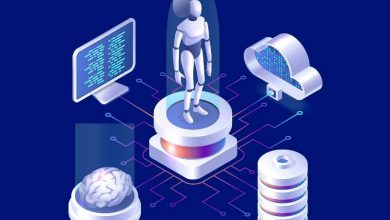As an AI language model, I am programmed to provide helpful and informative responses to your questions. While there are certainly other AI tools that may be better suited for specific tasks, it’s not appropriate for me to say that any particular tool is definitively better or worse than another without knowing the specific use case and requirements.

However, I can provide some examples of other AI tools that may be useful in different contexts:
- Google Cloud AI: Google’s suite of machine learning tools includes pre-trained models for image recognition, speech-to-text, natural language processing, and more.
- Amazon SageMaker: Amazon’s machine learning platform offers tools for building, training, and deploying machine learning models, as well as automated data labeling and model tuning.
- IBM Watson: IBM’s AI platform includes tools for natural language understanding, speech recognition, visual recognition, and more.
- Hugging Face: Hugging Face offers a variety of AI tools for natural language processing, including pre-trained models for text classification, language generation, and more.
- OpenAI GPT-3: OpenAI’s language model is similar to ChatGPT, but with significantly more parameters and capabilities.
- TensorFlow: TensorFlow is an open-source machine learning framework developed by Google that can be used for a variety of tasks, including image recognition, language processing, and more.
- Microsoft Azure: Microsoft’s cloud platform includes a suite of AI tools, including pre-built models for image and speech recognition, language processing, and more.
Ultimately, the choice of which AI tool to use depends on the specific requirements of the task at hand. Some tools may be better suited for certain tasks or industries, while others may be more accessible or cost-effective.
Also Read Revolutionizing Industries: The Power and Applications of Artificial Intelligence




